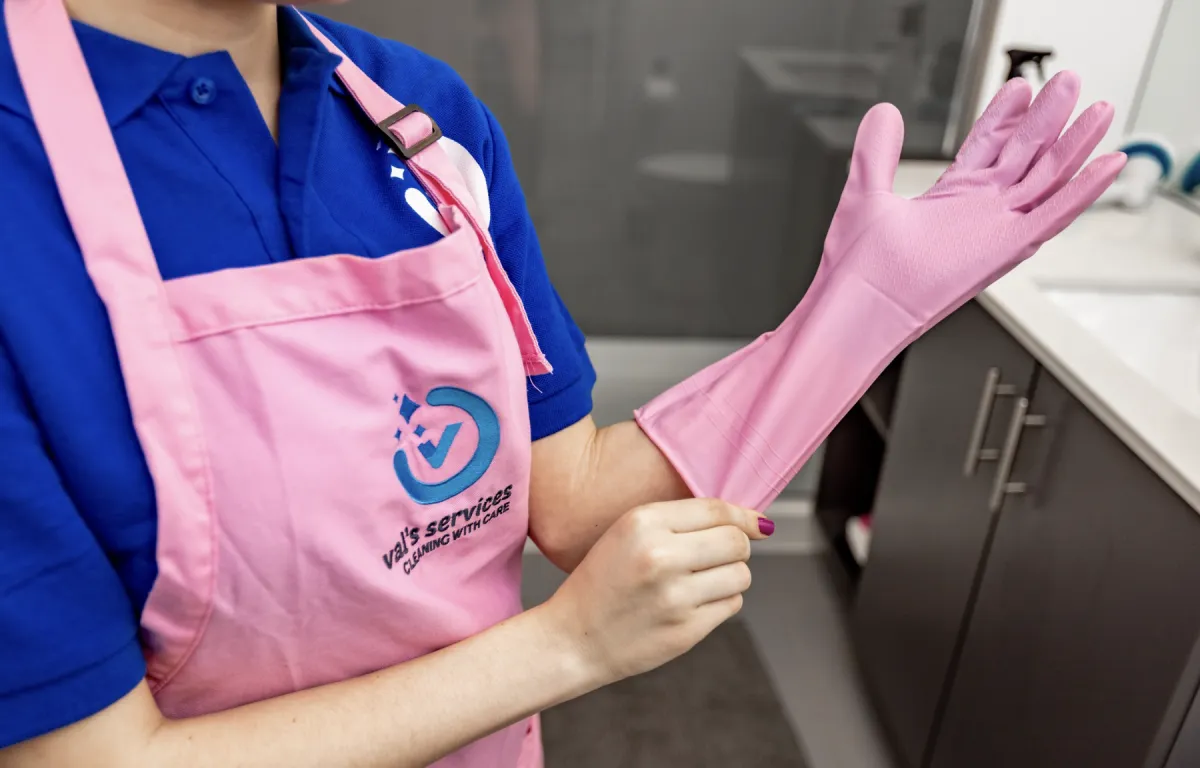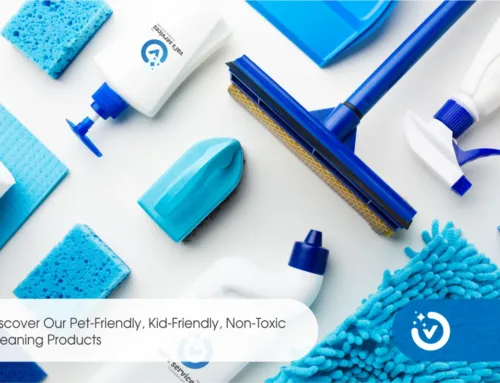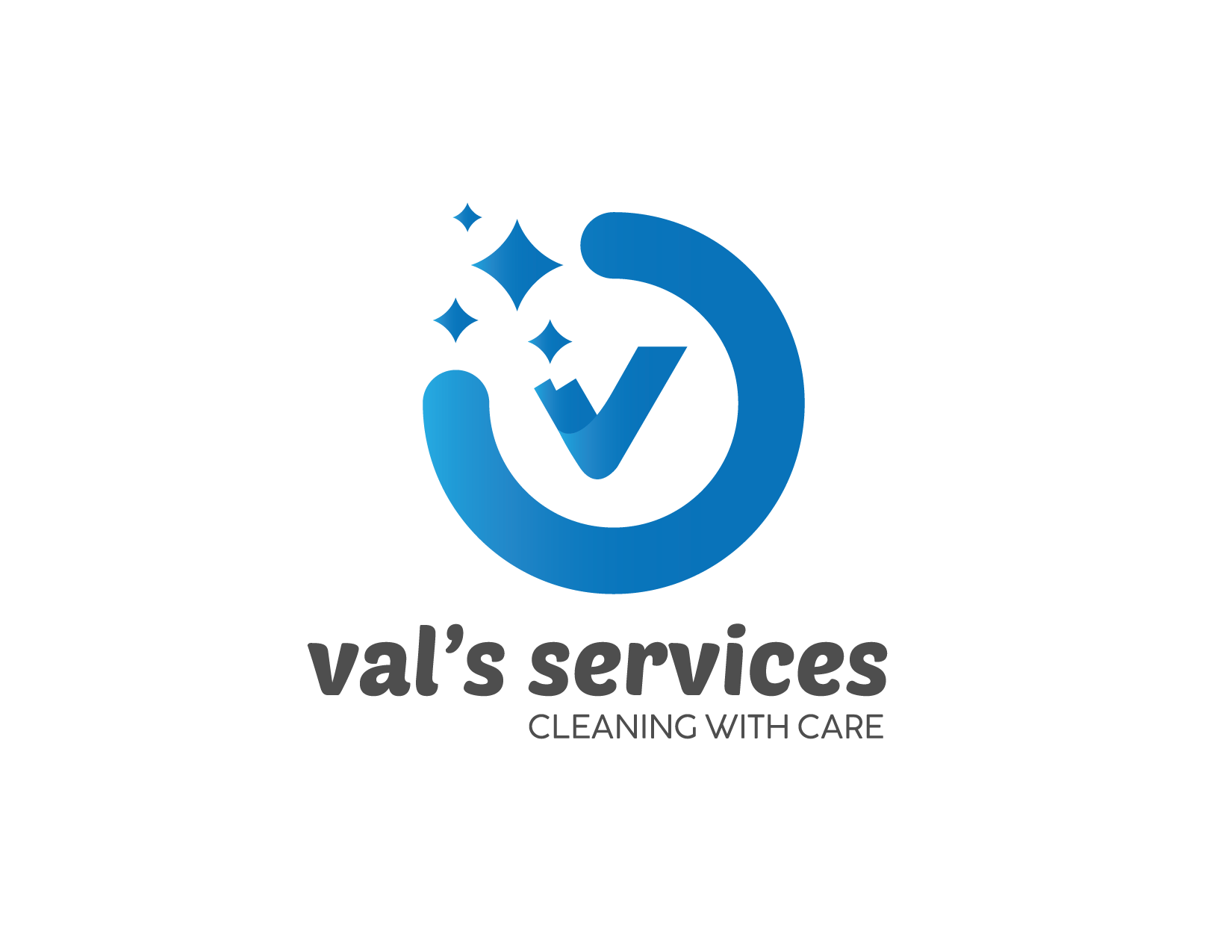The fireplace is thrilling, but as you keep burning your fuel, one thing is certain; the soot and creosote are building up. The bad news, creosote is flammable.
For safety, clean your chimney, and if you find it uncomfortable, someone can do it for you at a cost. Besides, the tasks involve a significant amount of dirt, the force of gravity makes it dangerous, and it’s everything but straightforward. Additionally, a professional should inspect it. The routine chimney inspection and maintenance will save you from unnecessary costs.
So, how often should you perform a chimney cleaning? That should be once a year, together with a professional inspection.
How bad do you need a chimney cleaning?
While opting for chimney cleaning services is safer and gives you peace of mind that it will be done right, nothing should stop you from saving a hundred dollars if you can get the job done properly. Check if your chimney needs cleaning with the procedure below:
-
Inspect the chimney using a flashlight. You can do it in two ways. First, from the bottom by looking up from the fireplace. Alternatively, look through the cleanout, but you will need a mirror and flashlight.
-
For an excellent view, look from above. You will have to use ladders to get on top of your roof to look down. Ensure the ladder is stable and that you are comfortable. It is advisable to have someone hold the ladder, but a ladder stabilizer will also come in handy. Take out the chimney cap and use the flashlight to see through the flue.
-
Whether you look from above or below, watch out for any damage and a black flaky substance; that’s your culprit, creosote.
-
If there is a build-up of creosote, your chimney needs thorough cleaning to avoid creosote fires.
DIY chimney cleaning 🧽
Your flue will determine the shape and size of the chimney brush that is perfect for the job. Secondly, get extension rods that can run the entire flue length and ensure they are enough; most rods come in 4, 5, and 6-foot lengths. For stainless steel flues, use a poly brush, while a masonry flue requires a metal brush. You will need other items like drop cloths, shop vacuum, plastic tarps, a dust mask, protective goals, and of course, a ladder! Then follow the steps below:
-
First, close the door to the woodstove.
-
With the chimney cap removed and the damper open, thread on the first rod.
-
Once you put the brush into the flue, push it in employing an up and down motion as you scrub thoroughly.
-
Thread on the other rod sections as required and scrub again until you reach the bottom.
-
Once the brush is finally out, you need to recheck the chimney for any traces of creosote. If you spot some layers, it’s advisable to repeat this process.
-
If you are content that the flue is clean, remove the soot and creosote that may have fallen to the lower areas using a shop vacuum.
Chimney Inspection Cost
If it’s a soot build-up, you can get the job done yourself. But if it’s creosote, that may require chimney cleaning services for an efficient clean-up. Are you worried about the costs? That should cost somewhere between $125 to $300. Generally, this will cater to both the inspection and the cleaning or sweeping. The figure may go up if any repairs are needed, critters are present, or the creosote layer is heavy.
If you are up to the task for your chimney cleaning, get yourself all the necessary tools and get to work. If you are on the opposite end, hiring sweeping chimney services is even ideal, saves you time, and ensures your safety. Remember to inspect and clean your chimney annually to avoid costly repairs and creosote fires.






